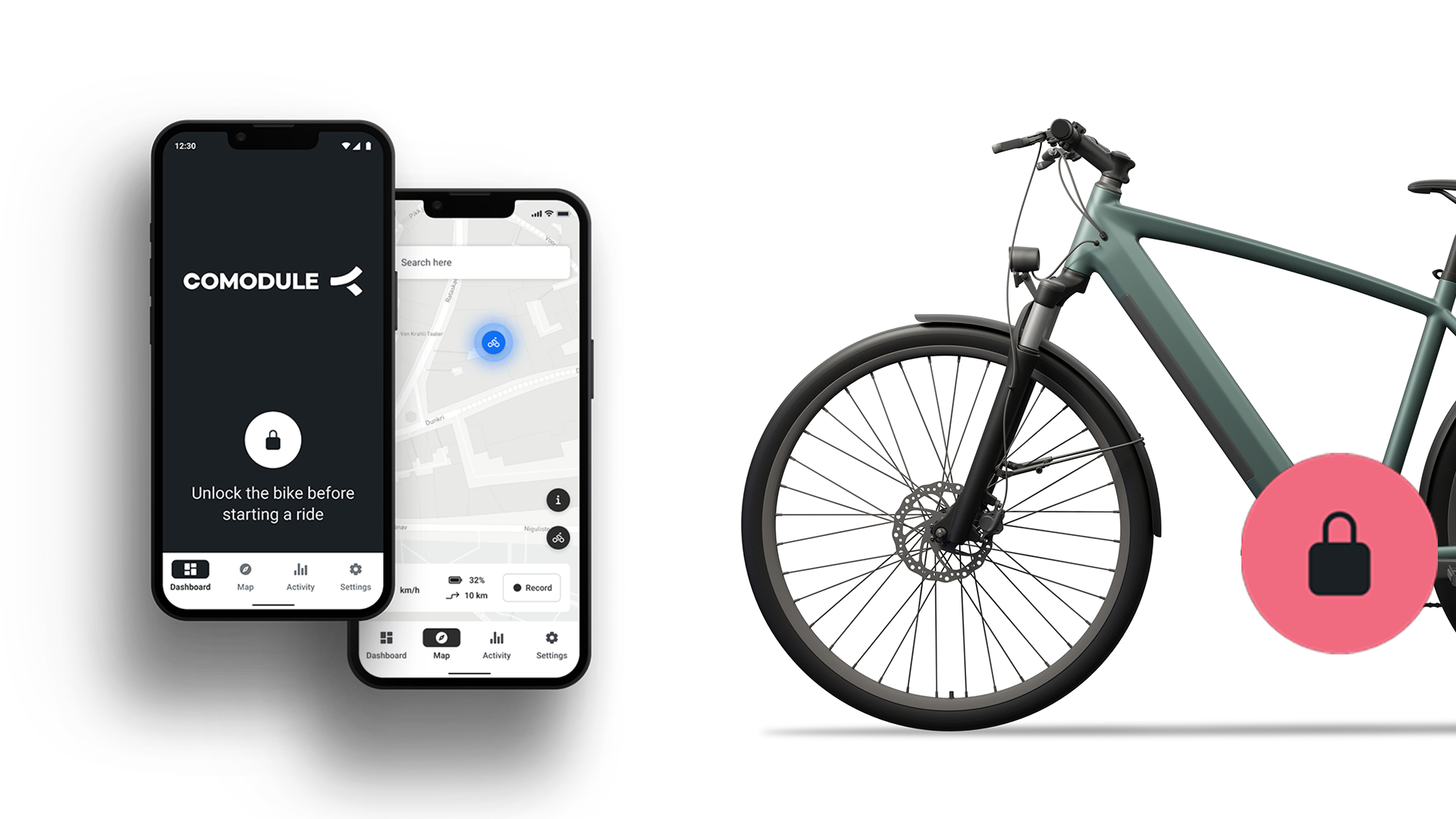How to secure your e-bikes?
E-bike security is vital for bike brands to protect against rising thefts and maintain customer trust. IoT technology makes e-bikes theftproof by enabling real-time tracking and instant alerts and smart anti-theft features, securing both the bike and brand reputation. Learn more about Comodule’s security solutions and latest collaborations:
A new benchmark for e-bike security: Embedded Comodule IoT & 2Lock hub lock lowers insurance rates up to 70%
Explore how embedded security solution makes e-bike ownership convenient and brings significant benefits for the users and bike brands alike.
Comodule launches advanced connected features for Bafang drive systems
A deep e-system integration to Bafang brings anti-theft protection, OTA updates, and real-time data to every Bafang-powered e-bike.
Why cycling’s future depends on open ecosystems
E-bikes aren’t defined by hardware anymore but by the digital layer—apps, features, and services. Closed ecosystems risk making brands invisible. The future lies in open ecosystems that keep OEMs in control of the rider experience.
The cycling industry doesn’t need to invent the future. It just needs to catch up.
While everything around us is connected our €5000 bike bike still feels analog. Connectivity is no longer innovation. It is the baseline. And the cycling industry must catch up.
Connected e-bikes now come with lower insurance costs: Comodule partners with Bikmo
Comodule has partnered with cycling insurance specialist Bikmo to reduce the insurance cost of connected e-bikes in Germany and Austria by 10%.
Stop selling e-bikes. Start selling experiences.
E-bikes have changed the game, but the real revolution is digital. The brands that win will own the rider experience, control their data, and turn every ride into a loyalty-building moment.
One-tap e-bike security with Comodule
What is digital e-bike security and how does it make the user experience more convenient?
Eurobike 2025: Wake-up call for the bike industry
Eurobike 2025 made one thing clear: connectivity is now expected. Riders want smart, secure bikes, and OEMs must shift from hardware to digital strategies — or risk falling behind.










